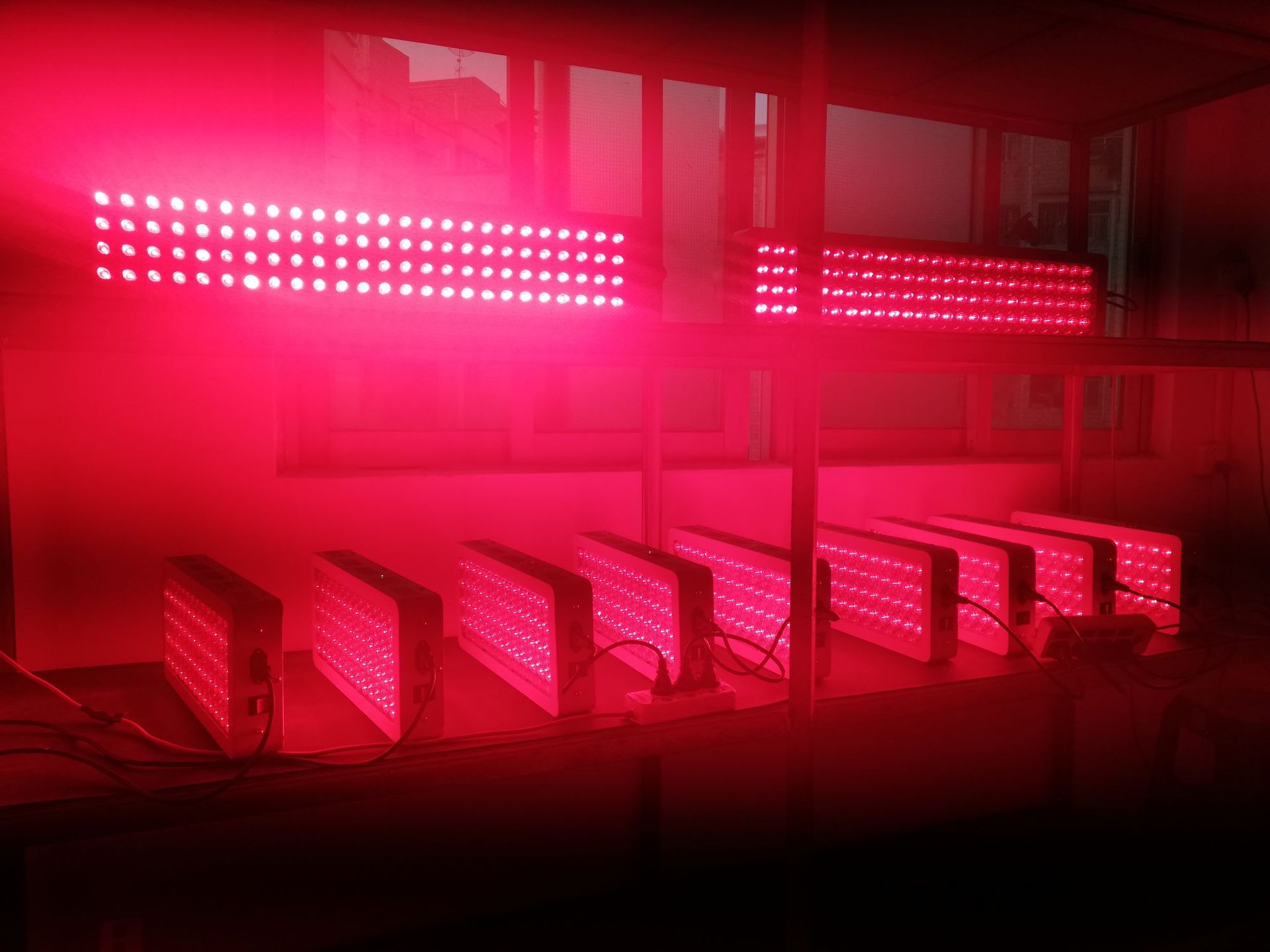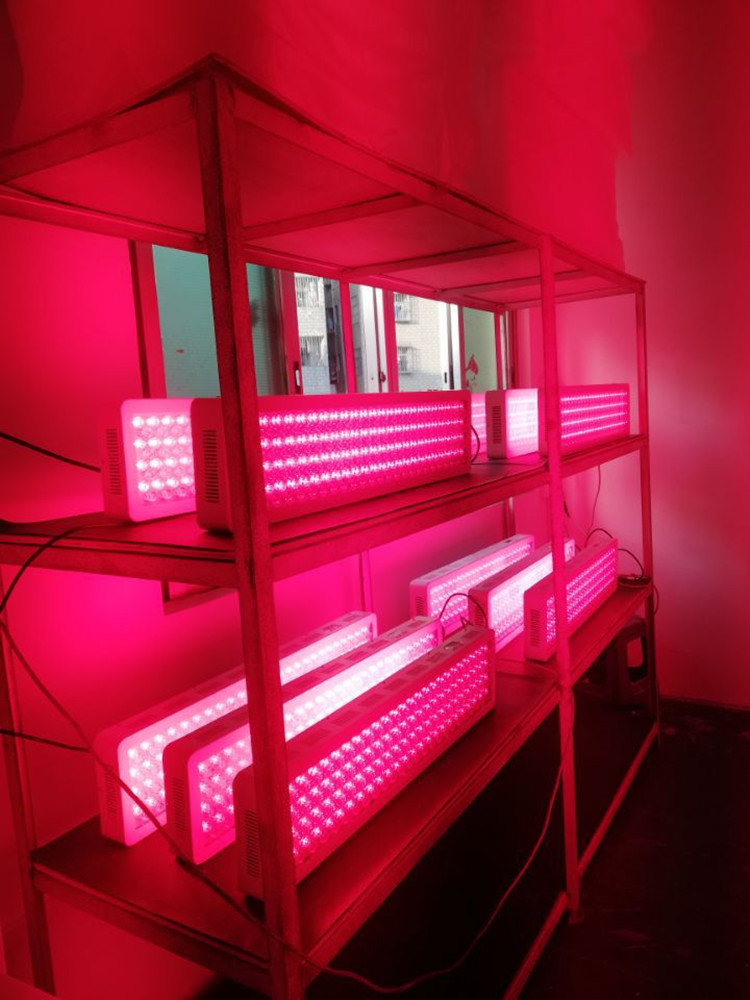The domestic solar photovoltaic industry is like a crazy racing car. With the official submission of the “Plastic Industry Access Conditions†on March 1, as the upstream market of the solar photovoltaic industry, polysilicon began to “walk into reality from dreamsâ€. The photovoltaic listed companies have become the protagonists of a field PV expansion. GCL-Poly, the largest polysilicon producer in China, announced that it will spend HK$17.7 billion to increase its production capacity by two times this year and next. Another photovoltaic giant, Jiangxi Sevi, has reported that its polysilicon business will go public in Hong Kong in the second half of the year. In the short-lived Sun (48.91, 0.00, 0.00%) and sunflower (24.560, 0.00, 0.00%), the A-shares were also listed to buy the banner and move up and down the industrial chain. Even Star Technology (32.27, 0.00, 0.00%) (002132.SZ), which is mainly engaged in upstream equipment accessories, has not been able to withstand the temptation of downstream demand expansion and began to work on silicon wafer projects. At the same time, the newly acquired PV shares (51.910, 0.00, 0.00%) also shortened the original five-year silicon project to 2 years, and approached the rising PV market at full speed. “The more we go, the more intense the competition will be. At that time, the ratio is proportional and competitive.†Guojin Securities (15.95, 0.00, 0.00%) a new energy researcher told reporters. However, it is worth noting that when the PV market is in full swing, Prism Industrial (600629.SH) has announced its withdrawal from the polysilicon industry. The annual report released by Leshan Power (16.80, 0.00, 0.00%) (600644.SH) and Tianwei Baobian (23.41, 0.00, 0.00%) (600550.SH) also shows that it currently involves the polysilicon business in the market recovery 2010 The year was flat. “Most of the domestic polysilicon production capacity will be released in the second half of 2011. Although the market is still in short supply, with the overcapacity in the middle and lower reaches of the market and the weakening of the terminal demand, many companies involved in polysilicon listed companies may find it difficult to obtain the desired return.†A PV research professional believes that the release of capacity needs to be synchronized with the terminal demand. Once a dislocation occurs, it will inevitably face greater risks. In terms of risk, the more upstream or the more complete the industrial chain, the safer it will be. The upstream company benefited from the release of production capacity. The market price of polysilicon reached a new high. The current spot price has reached US$114/kg. This is the second time since September 2010 that the polysilicon market has risen sharply. Affected by this, the market generally expects that domestic listed companies focusing on the upstream polysilicon business will inevitably become the direct beneficiaries of this round of market. However, the facts are somewhat unexpected. At the end of February, Leshan Power and Tianwei Baobian successively released annual reports. According to the annual report, the two companies that are recognized as leading in the polysilicon industry in China, the profit contribution of polysilicon projects is not large. Leshan Power and Tianwei Baobian currently jointly set up a Lecong Tianwei project with a capacity of 3,000 tons, holding 51% and 49% respectively. In addition, Tianwei Baobian also holds a 51% stake in Tianwei Sichuan Silicon, which has a capacity of 3,000 tons, and a 35.66% stake in Xinguang Silicon, which has a capacity of 1,260 tons. According to financial data, since the conversion of Leshan Tianwei, which was controlled by Leshan Power, since April 2010, it has just turned around and turned into a profit. The annual profit is only 587,000 yuan, while Tianwei Sichuan Silicon is currently only profitable 5.13 million yuan. The new year's net profit of Xinguang Silicon Industry, which has been in production for two years, is only about 30 million yuan, which is far from the historical peak of over 100 million profit. "The production capacity of polysilicon enterprises is not equal to the output. Most projects take about 2 years to complete after the conversion, so when the market is popular, the amount of benefits for the upstream listed companies depends entirely on the actual output." Analysis of the above data. In this regard, Tianwei Baobian also said that the current decline in the company's net profit is mainly due to the company's new energy companies are in the construction closing or commissioning stage, the early market development expenditures and the high cost factors caused by the lack of production. Perhaps because of this, for the moment, the domestic polysilicon market is still in a stage of supply less than demand. According to customs data, domestic polysilicon demand remained at a high level in January this year, with imports of approximately 5521 tons, a year-on-year increase of 74.8%. This means that in the short term, with the timely release of production capacity, many polysilicon companies can still obtain considerable profits. However, in the long run, upstream polysilicon enterprises will still be tested by the downstream supply and demand situation. The aforementioned brokerage researcher said that starting in 2011, domestic production capacity will be released sharply. GCL-Poly's Jiangsu Zhongneng production will directly increase by 21,000 tons, while Jiangxi Saiwei will increase from the current 11,000 tons to 18,000 tons. Last year, domestic supply of polysilicon was only about 40,000 tons. Due to the high domestic cost and the problem of downstream enterprises increasing polysilicon inventories in advance, domestic polysilicon enterprises may have a passive surplus. "What kind of situation will occur depends on the market. If the contradiction between supply and demand is not very prominent, most of the listed companies in the upstream will get higher returns in 2011." The aforementioned brokers are still optimistic about this. Mid-stream and downstream or limited demand decline For PV companies in the middle and lower reaches, it is a common consensus that the project will take longer to expand, and it will become a common consensus to gain profits by expanding capacity before the market demand has yet to be clearly weakened. In June last year, the demand for solar terminals was just started. Wuxi Suntech, which is the main battery component, announced a high-profile expansion plan. It plans to invest 2.68 billion yuan to expand production capacity of 1 GW, almost doubling; and another photovoltaic leader Tianwei Yingli is also followed. On July 8, it announced the expansion of 400MW capacity; and GCL-Poly, China's largest and the world's third-largest polysilicon manufacturer, announced an additional investment of US$300 million on July 29 to build a silicon wafer facility with a capacity of approximately 1000MW in Jiangsu. The total silicon wafer production capacity has been increased to 3000MW, making it the world's largest wafer producer. In the A-share market, the expansion of listed companies is also growing rapidly. On November 4 last year, Aerospace Electromechanical (13.62, 0.00, 0.00%) announced that it plans to invest in the construction of a new 200MW high-efficiency solar cell production line technical transformation project based on the completed 150MW cell production line; the following 9th, the East Risheng (75.980, 0.00, 0.00%) also announced that it plans to invest 830 million yuan to build a "technical transformation project of 300MW solar cell production line per year". Earlier, Hengdian East Magnetic (35.66, 0.00, 0.00%), Sanan Optoelectronics, Foshan Plastics (15.59, 0.00, 0.00%) and other companies have also announced expansion plans. However, it is difficult to avoid that the rapid release of new capacity in the middle and lower reaches will make the terminal supply and demand situation severe. According to relevant statistical data, in 2011, the global solar photovoltaic industry supply will reach 25GW, while the terminal actual installed demand is only 19GW, the midstream and downstream PV industry will have a significant surplus. China's photovoltaic manufacturing industry, which occupies half of the global midstream and downstream markets, is undoubtedly the first to bear the brunt, and market prices will be forced to fall. It is reported that there will be 11 domestic solar cell manufacturers with a capacity of more than 1 GW in 2011. In addition, many small and medium-sized enterprises have recently joined, from silicon wafers to batteries and components, which may be phased over due to the concentrated release of production capacity. By then, these mid- and downstream enterprises will face market differentiation, and stronger suppliers will have a larger living space, while small and medium-sized SMEs will encounter a cold current. "It is not difficult to understand that the well-funded mid- and lower-end listed companies have begun to expand the industrial chain and do vertical integration, with the aim of resisting systemic risks," said the PV professionals. On March 1st, the sunflowers, which are mainly engaged in large-scale high-efficiency crystalline silicon photovoltaic cells and modules, announced that they intend to participate in the procurement of raw materials polysilicon of the company, and intend to participate in Jiaozuo Coal Industry (Group) Hejing Technology Co., Ltd. The latter is a professional polysilicon enterprise with a current capacity of 1,800 tons and a planned production capacity of 18,000 tons. Earlier than before, the company also participated in the demonstration project of Zhejiang 10MW photovoltaic power station. On February 23, Chaoyang Sun also announced that it plans to spend 100 million yuan to acquire Luoyang Saiyang Silicon Industry Co., Ltd. and Shanghai Weixue Solar Technology Co., Ltd. The company clearly pointed out that the former is mainly to integrate the industrial chain to improve the overall strength and market competitiveness, while the acquisition of the latter is to further expand the company's original crystalline silicon solar cell module production scale, breaking the capacity bottleneck. As of now, the most well-received listed companies in the A-share market are the Tianwei Baobian. Due to the participation of 25.99% of domestic photovoltaic leading Tianwei Yingli, the company has a complete crystalline silicon battery industry chain including downstream component production and photovoltaic power plant installation, and the layout is relatively complete. According to its 2010 annual report, Tianwei Yingli's contribution to Tianwei Baobian's net profit was 214 million yuan, accounting for 33.77% of the company's net profit. "By opening up and down the industrial chain, you can offset the adverse effects of a certain link, which is the biggest benefit of vertical integration." In the eyes of the aforementioned brokers. At present, in addition to the embarrassing situation that the domestic PV industry suffers from the procurement of raw materials and the sales of end products, the end of the manufacturing capacity is too large, which may cause the photovoltaic industry to suffer. “Any downwind will bring a strong reaction. Just as the market has just improved, the capacity of the middle and lower reaches has been booming. If the demand for terminals drops suddenly, it will be a tragic scene.â€
LED Therapy Light catalogue, include all therapy light, such as LED Therapy Light High Power, Therapy Light Lamp Panel,More Lamps For Light Therapy.normal wavelength is 660nm$850nm, led arrangement can be customized by your requirements.
High power therapy lamp:300w, 500w ,1000w
More Therapy:45W,60W,200W,300W.



Led Light Therapy,Led Light Treatment,Led Therapy Benefits,Led Therapy Machine
Shenzhen Wenyi Lighting Technology Co., Ltd , https://www.szwygrow.com